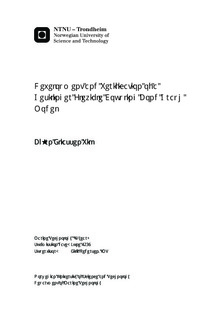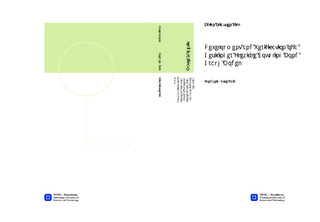| dc.description.abstract | There has been an increase in ship traffic in Arctic waters the later years, this challenges today's ship design. One of the challenges is the contact loads that occur, due to ice blocks encountering the ship propeller. The ice propeller interaction is a complicated process, and more knowledge on the effect of the ice propeller interaction on the ship propulsion drive train is needed.This master thesis focus on improving the dynamic mathematical model of one of the ship propulsion drive train components, namely the flexible coupling. The model developed is based on the Geislinger flexible coupling, and is developed using the bond graph approach with the 20-sim simulation software. It takes in to account the major dynamic effects of the radially aligned springs and the oil flow between the oil chambers.Simulations show that the dynamic stiffness and damping coefficient of the flexible coupling model developed in this project, is heavily dependent on the deflection frequency and velocity. Both the damping factor and stiffness increases with frequency. This is due to an increase in both the amount of oil that is compressed, and the pressure difference between the oil chambers increases, with increasing deflection velocity.Simulations show that the static stiffness is mainly dependent on the geometry of the radially aligned springs, and that the dynamic stiffness is heavily dependent on the coefficient of discharge describing the oil flow between the oil chambers of the coupling.The coupling model was implemented in to a marine propulsion drive train established in another project, which was subjected to torsional ice impact loads, and compared to the original model. Simulations did show that the oil compressibility caused the flexible coupling to become stiffer than the reference model, during the rapid change of oil chamber volume. While the oil chamber volume change was less, the flexible coupling became less stiff than the reference model.It is recommended that the tapering of the radially aligned springs is included in the model as this affects the flexible coupling stiffness, especially during impact loads. Also it is recommended that CFD simulations are performed to verify the coefficient of discharge used in the model. | nb_NO |

